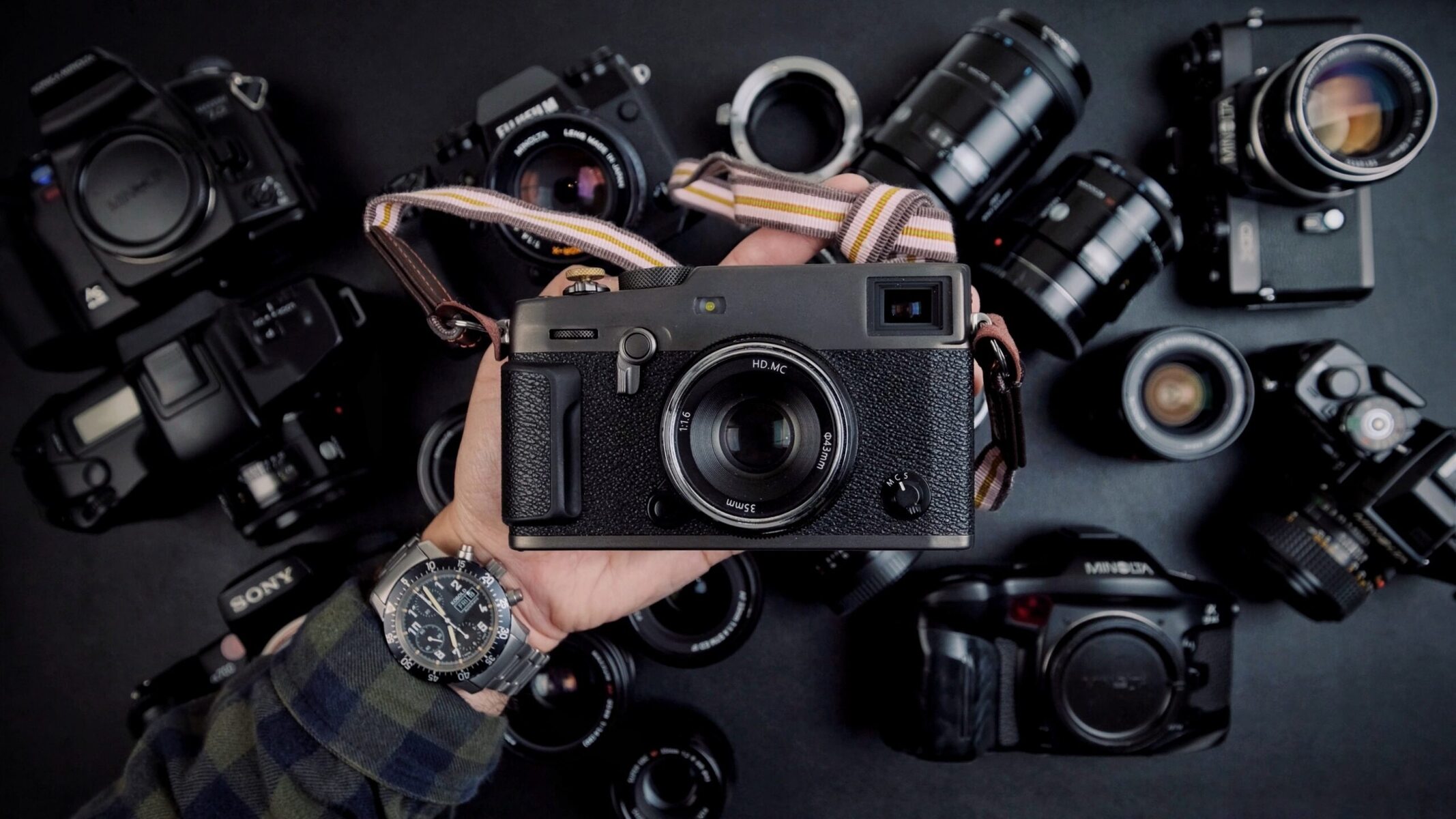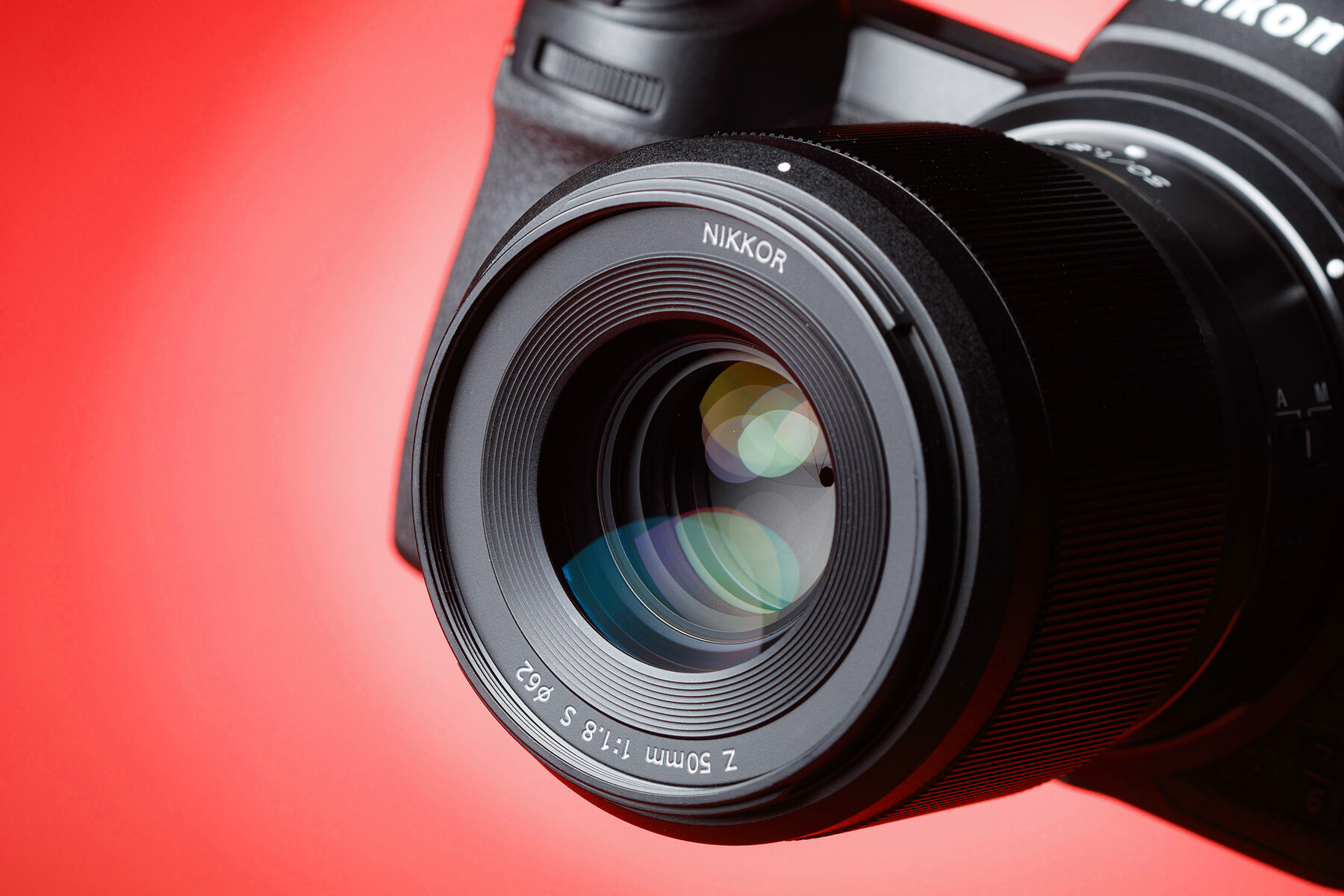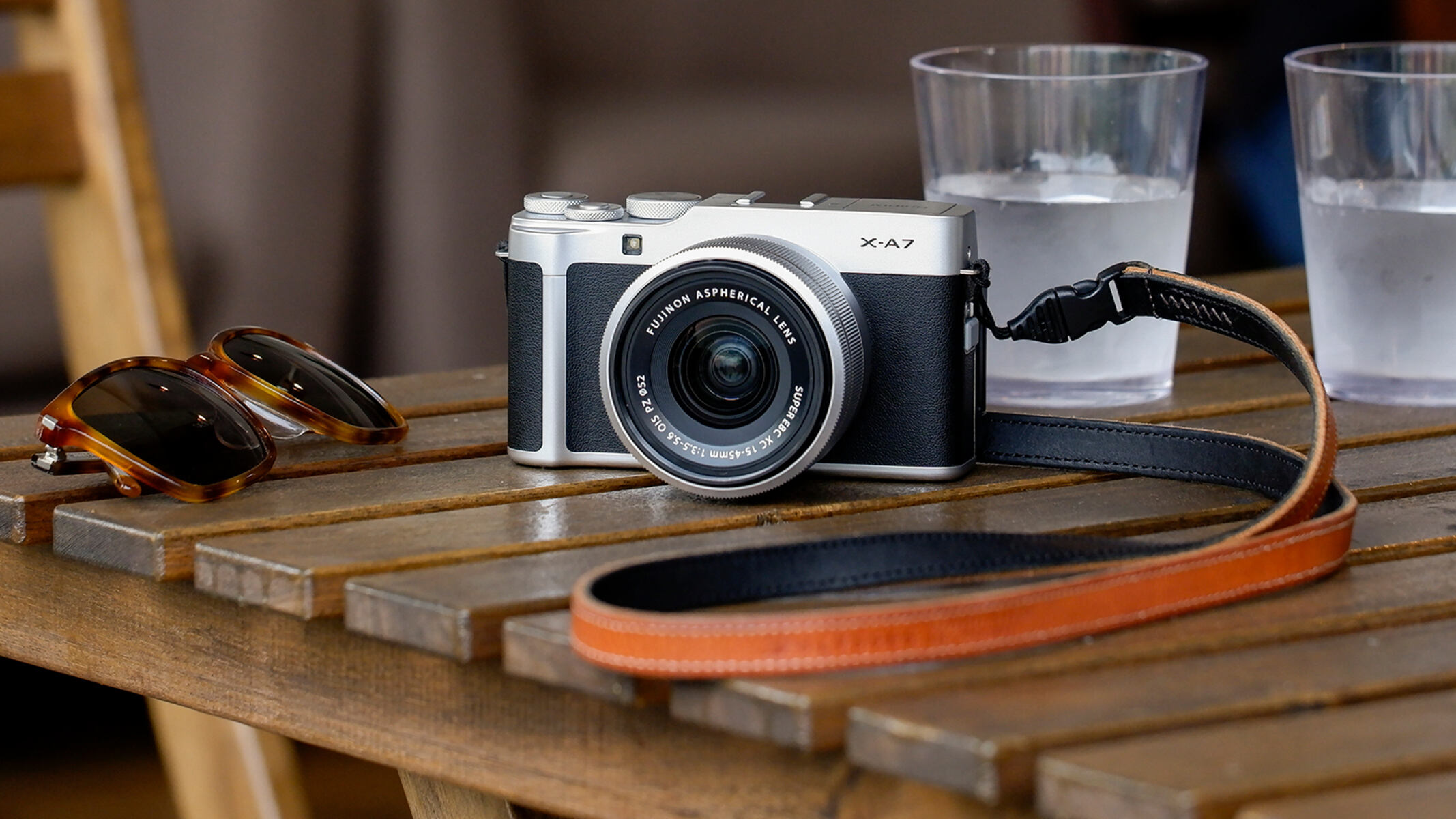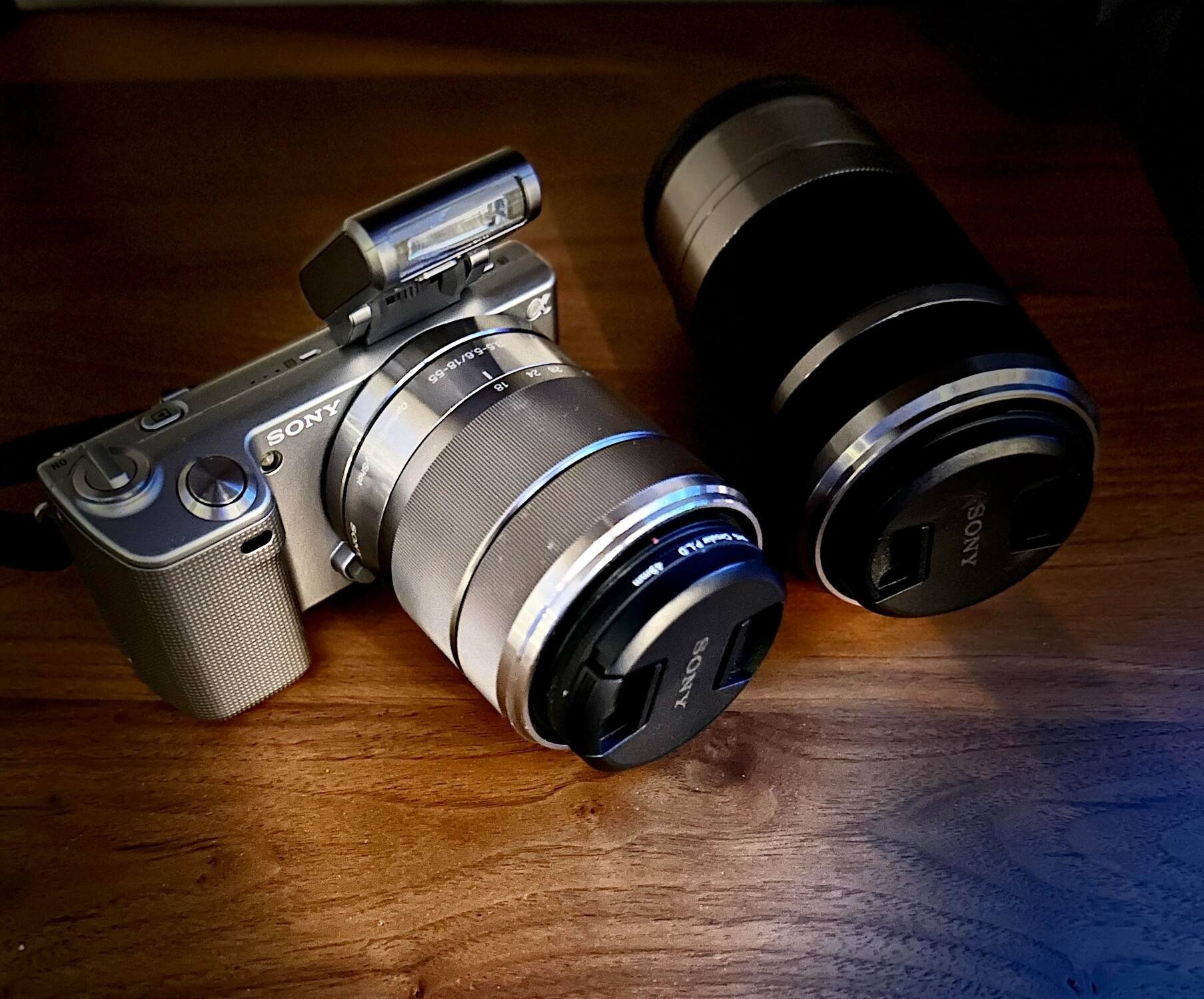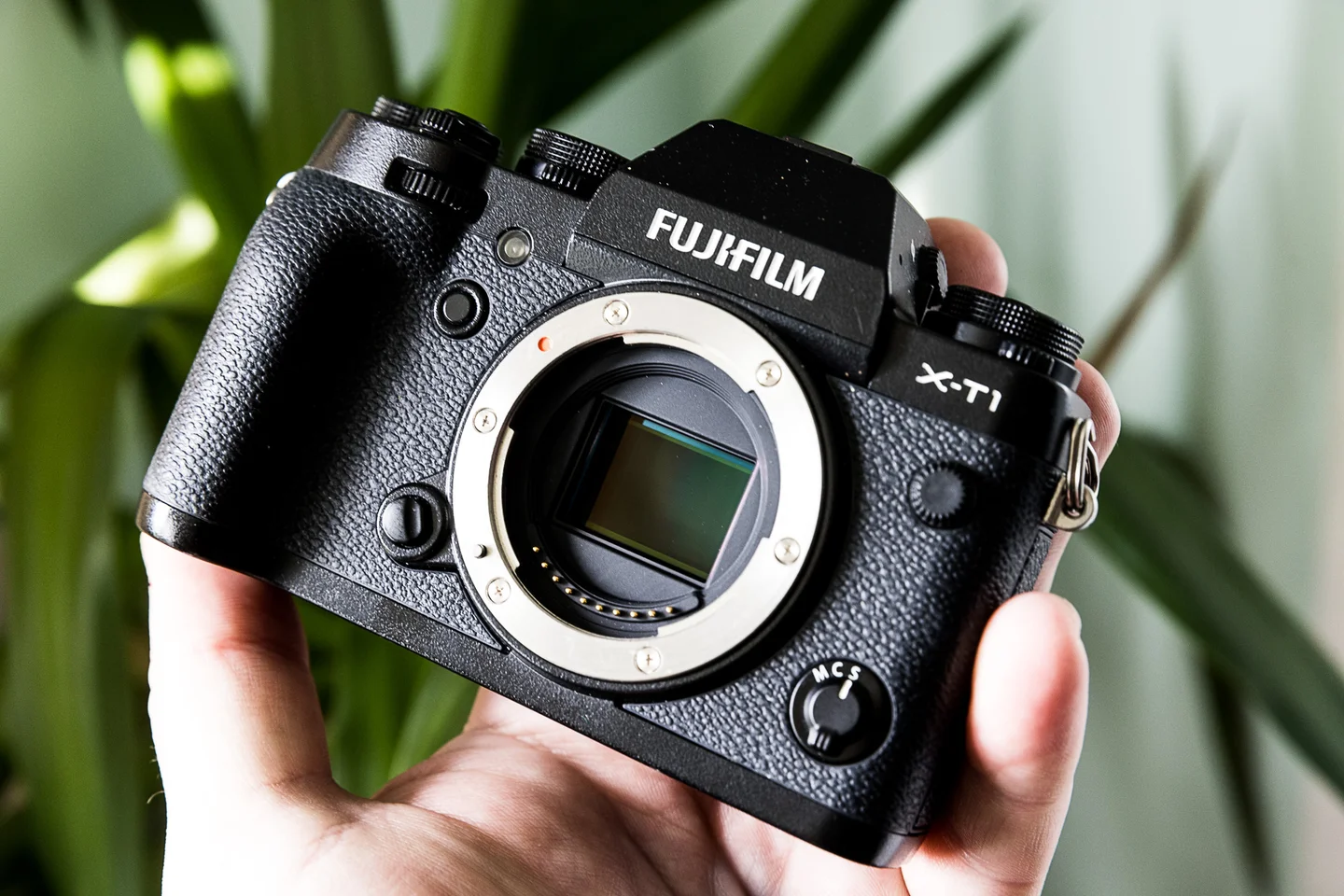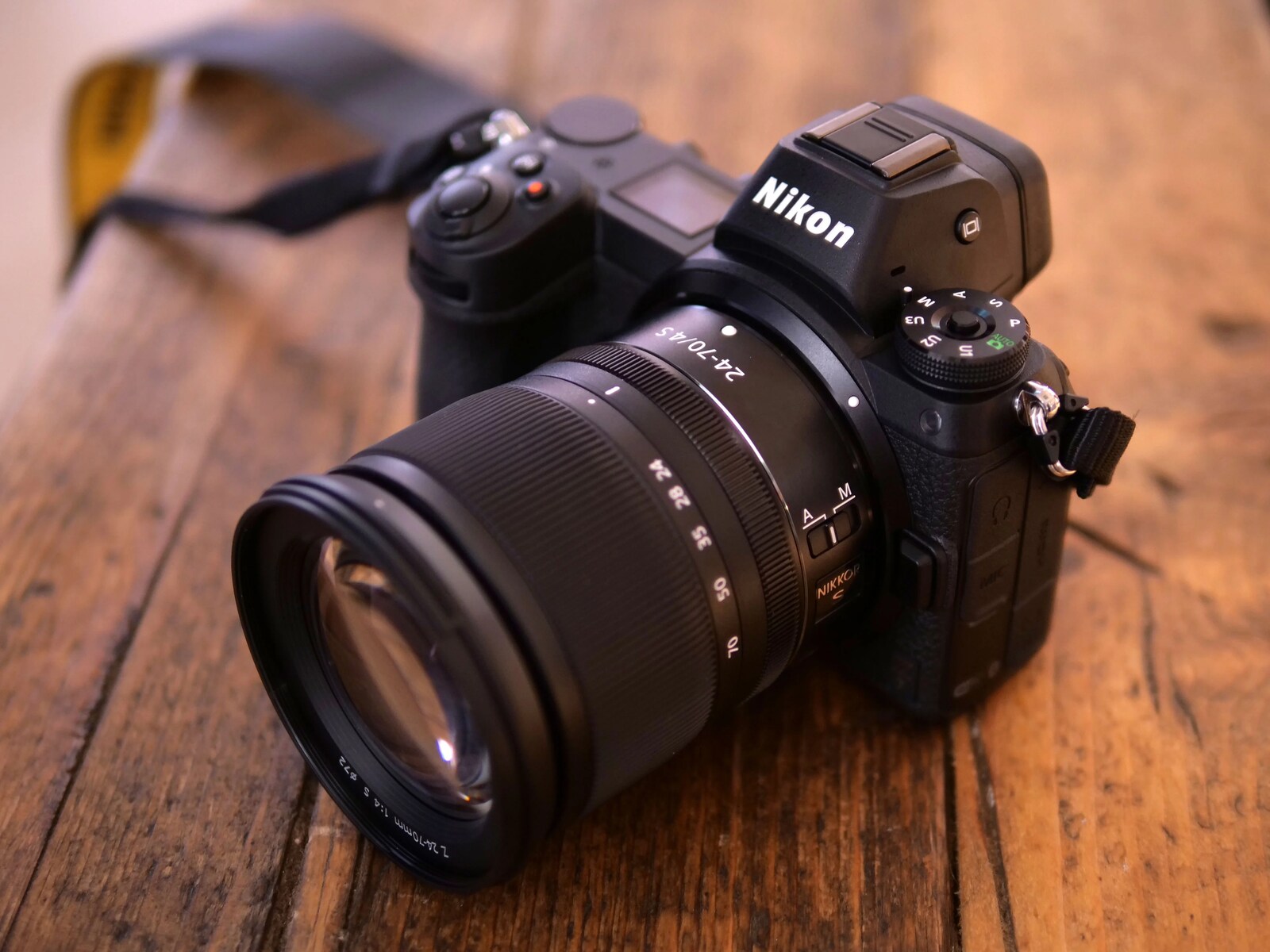Sensor Technology
When comparing Fujifilm mirrorless cameras to other brands in terms of image quality, the sensor technology plays a pivotal role. Fujifilm utilizes X-Trans CMOS sensors in their mirrorless cameras, which are renowned for their unique color filter array. This innovative design reduces moiré and false color without the need for an optical low-pass filter, resulting in sharper and more detailed images.
On the other hand, many other brands employ traditional Bayer sensors. While these sensors can deliver impressive image quality, the X-Trans CMOS sensors in Fujifilm cameras set them apart by offering exceptional color accuracy and detail rendition, especially in intricate textures and patterns.
Furthermore, Fujifilm’s sensor technology is complemented by their proprietary image processing engine, which optimizes the data captured by the sensor to produce images with remarkable clarity and depth. This cohesive integration of sensor and processing technology contributes to the distinct visual signature associated with Fujifilm mirrorless cameras.
It’s important to note that sensor technology is not solely about megapixels. While resolution is a factor, the overall design and quality of the sensor greatly influence the final image output. Fujifilm’s commitment to advancing sensor technology has resulted in mirrorless cameras that excel in capturing true-to-life colors, fine details, and nuanced tones, setting them apart from other brands in the realm of image quality.
Color Reproduction
When it comes to color reproduction, Fujifilm mirrorless cameras stand out due to their renowned Film Simulation modes. These modes are designed to replicate the distinctive look and feel of Fujifilm’s iconic film stocks, such as Provia, Velvia, and Astia. This unique feature allows photographers to infuse their digital images with the distinct characteristics of these beloved films, resulting in rich, vibrant colors and nuanced tonality.
While other camera brands offer color profiles and picture styles, Fujifilm’s Film Simulation modes are celebrated for their exceptional ability to evoke the aesthetic qualities of traditional film photography. This not only appeals to photographers who have a deep appreciation for the analog film aesthetic but also provides a creative edge in digital image-making.
Moreover, the color science behind Fujifilm’s Film Simulation modes is a testament to the company’s legacy in color reproduction. With decades of experience in film manufacturing, Fujifilm has translated its expertise into digital imaging, ensuring that colors are rendered with a level of authenticity and artistry that sets their cameras apart from the competition.
Additionally, Fujifilm’s dedication to color reproduction extends to their in-camera color processing algorithms, which are meticulously crafted to deliver natural skin tones, accurate hues, and smooth gradations. This attention to detail results in images that exhibit a depth and richness that resonate with viewers.
While other brands may offer customizable color profiles and extensive post-processing capabilities, Fujifilm’s holistic approach to color reproduction, rooted in the legacy of their film heritage, distinguishes their mirrorless cameras in the realm of image quality. The ability to evoke the timeless allure of analog film while harnessing the benefits of digital technology underscores Fujifilm’s commitment to delivering a distinct and compelling visual experience.
Film Simulation Modes
Fujifilm’s mirrorless cameras are renowned for their Film Simulation modes, which authentically replicate the look and feel of traditional Fujifilm film stocks. These modes, such as Provia, Velvia, and Classic Chrome, enable photographers to imbue their digital images with the distinctive characteristics and aesthetic nuances of these iconic films.
Unlike standard color profiles offered by other camera brands, Fujifilm’s Film Simulation modes go beyond mere color adjustments, encompassing the unique color response, contrast, and tonality specific to each film type. This level of fidelity to the analog film experience empowers photographers to create images that evoke the timeless charm and visual poetry associated with traditional film photography.
Furthermore, Fujifilm continues to expand its repertoire of Film Simulation modes, introducing new profiles that cater to diverse creative preferences. For instance, the Eterna mode, inspired by Fujifilm’s renowned cinematic film, delivers a cinematic look with subdued colors and rich shadow tones, appealing to videographers and photographers seeking a cinematic aesthetic.
Moreover, Fujifilm’s dedication to refining and enhancing their Film Simulation modes is evident in the meticulous attention to detail applied to each profile. The company leverages its extensive expertise in color science and film manufacturing to ensure that the nuances and subtleties of each film type are faithfully reproduced, resulting in images that exude a timeless and emotive quality.
While other camera brands offer picture styles and color presets, Fujifilm’s Film Simulation modes stand out for their ability to encapsulate the essence of analog film photography, providing photographers with a powerful tool for artistic expression. Whether aiming to evoke the vivid saturation of Velvia, the natural tones of Provia, or the nostalgic aesthetic of Classic Chrome, Fujifilm’s Film Simulation modes empower photographers to craft images that resonate with a captivating and authentic visual allure.
Lens Quality and Selection
When evaluating the image quality of Fujifilm mirrorless cameras compared to other brands, the quality and diversity of available lenses play a pivotal role. Fujifilm has garnered acclaim for its commitment to producing high-quality lenses that complement the capabilities of its mirrorless camera bodies. The company’s X Series lenses are designed to deliver exceptional optical performance, characterized by sharpness, clarity, and nuanced rendering across a diverse range of focal lengths and apertures.
One distinguishing factor of Fujifilm’s lens lineup is the emphasis on incorporating advanced optical technologies while maintaining a compact and lightweight form factor. This approach caters to the needs of photographers who prioritize portability without compromising on image quality. Additionally, Fujifilm’s dedication to precision engineering and craftsmanship is evident in the construction of their lenses, which often feature metal housings and tactile aperture and focus rings, enhancing the overall shooting experience.
Furthermore, Fujifilm’s commitment to lens diversity is exemplified by the comprehensive selection of prime, zoom, and specialty lenses available for their X Series cameras. From ultra-wide-angle lenses to telephoto zooms, and from fast primes to macro lenses, Fujifilm offers a versatile array of optics to accommodate various photographic genres and creative visions.
While other camera brands may offer a wide range of lenses, Fujifilm’s cohesive integration of camera bodies and lenses, along with their unwavering commitment to optical excellence, sets their lens lineup apart. The synergy between Fujifilm’s cameras and lenses contributes to a seamless and harmonious imaging system, ensuring that photographers can harness the full potential of their equipment to achieve outstanding image quality.
Moreover, Fujifilm’s dedication to expanding their lens ecosystem by introducing innovative optics, such as the groundbreaking XF 50mm f/1.0 R WR lens, demonstrates their commitment to pushing the boundaries of optical performance and providing photographers with tools that inspire creativity and elevate image quality.
Image Stabilization Technology
When comparing Fujifilm mirrorless cameras to other brands in terms of image quality, the incorporation of advanced image stabilization technology significantly impacts the overall shooting experience and the clarity of the captured images. Fujifilm has integrated various forms of image stabilization into their mirrorless camera systems, providing photographers with the means to achieve sharper and more stable images, especially in challenging shooting conditions.
One notable implementation of image stabilization in Fujifilm cameras is the in-body image stabilization (IBIS) featured in select models. This technology compensates for camera shake by precisely shifting the camera’s sensor, effectively minimizing blur and enabling handheld shooting at slower shutter speeds. The versatility of IBIS makes it particularly beneficial for low-light photography and situations where a tripod may not be feasible.
Furthermore, Fujifilm has also developed optically stabilized lenses, denoted by the “OIS” designation, which employ gyroscopic sensors to detect and counteract camera movement. When combined with the in-body image stabilization, these lenses offer dual stabilization, further enhancing the potential for capturing sharp and steady images, particularly at longer focal lengths.
While other camera brands offer their own iterations of image stabilization, Fujifilm’s approach to integrating stabilization technology into both camera bodies and lenses demonstrates a comprehensive commitment to addressing the diverse stabilization needs of photographers. Whether shooting handheld in dimly lit environments or capturing telephoto images with precision, Fujifilm’s image stabilization solutions contribute to elevating the overall image quality and usability of their mirrorless cameras.
Moreover, Fujifilm’s dedication to refining and optimizing their image stabilization systems is evident in the seamless integration of stabilization with other camera functions, such as autofocus and video recording. This cohesive integration ensures that photographers can confidently explore creative possibilities without being encumbered by the limitations of camera shake, ultimately resulting in images that exhibit a higher degree of clarity and visual impact.
Low Light Performance
When assessing the image quality of Fujifilm mirrorless cameras in comparison to other brands, their performance in low-light conditions emerges as a defining factor. Fujifilm has distinguished itself by engineering cameras that excel in capturing exceptional image quality even in challenging lighting scenarios, making them a compelling choice for photographers who frequently work in dimly lit environments.
One key contributor to Fujifilm’s low light prowess is the sensor technology employed in their mirrorless cameras. The X-Trans CMOS sensors, renowned for their exceptional light-gathering capabilities and low noise performance, enable Fujifilm cameras to deliver impressive image quality in low-light settings. The sensor’s unique color filter array minimizes color artifacts and enhances light sensitivity, resulting in images with reduced noise and enhanced detail, even at higher ISO settings.
Furthermore, Fujifilm’s dedication to advancing their image processing algorithms has led to cameras that effectively mitigate noise while preserving image detail and tonal gradation in low-light conditions. This combination of cutting-edge sensor technology and refined processing results in images with remarkable clarity and fidelity, even when shooting in challenging lighting environments.
Additionally, Fujifilm’s commitment to offering a diverse lineup of fast prime lenses further enhances the low-light capabilities of their mirrorless cameras. These lenses, characterized by wide maximum apertures, enable photographers to gather more light, achieve shallow depth of field, and capture compelling images in low-light situations without compromising on image quality.
While other camera brands also prioritize low-light performance, Fujifilm’s holistic approach to addressing the technical and creative demands of low-light photography sets their mirrorless cameras apart. The seamless synergy between sensor technology, image processing, and high-performance lenses culminates in a comprehensive imaging system that empowers photographers to push the boundaries of low-light image capture with confidence and artistic expression.
Dynamic Range and Detail Capture
When evaluating the image quality of Fujifilm mirrorless cameras in comparison to other brands, the dynamic range and detail capture capabilities of these cameras emerge as defining attributes. Fujifilm has consistently demonstrated a commitment to engineering cameras that excel in preserving a wide dynamic range and capturing intricate details, resulting in images with exceptional tonal depth and nuance.
Fujifilm’s X-Trans CMOS sensors, renowned for their unique color filter array and advanced light-capturing design, contribute significantly to the cameras’ impressive dynamic range. This enables photographers to retain intricate details in both highlight and shadow areas, resulting in images with a broad tonal range and minimal loss of information in high-contrast scenes.
Moreover, Fujifilm’s dedication to optimizing their image processing algorithms complements the sensor’s capabilities, ensuring that images exhibit smooth tonal transitions and fine detail rendition across various lighting conditions. This meticulous attention to preserving detail and dynamic range is particularly advantageous for landscape, architectural, and portrait photography, where capturing a broad spectrum of tones and textures is crucial.
Furthermore, Fujifilm’s lens lineup, characterized by exceptional optical performance and resolving power, further enhances the detail capture capabilities of their mirrorless cameras. Whether utilizing ultra-sharp prime lenses or high-resolution zoom optics, photographers can leverage the full potential of their lenses to achieve images with remarkable clarity and definition.
While other camera brands also prioritize dynamic range and detail capture, Fujifilm’s commitment to delivering cameras that excel in these aspects sets them apart. The cohesive integration of sensor technology, image processing, and high-quality lenses results in an imaging system that empowers photographers to capture scenes with a level of detail, tonal richness, and dynamic range that resonate with visual impact and authenticity.







